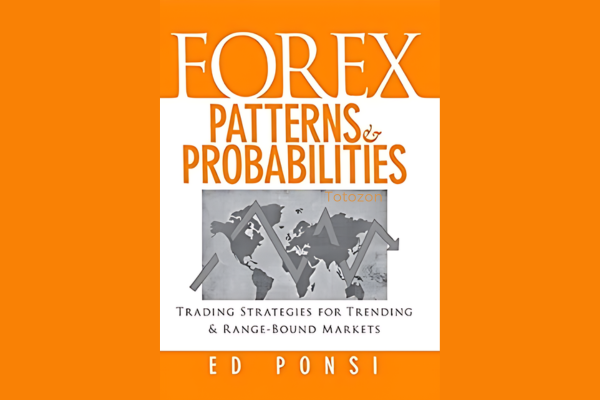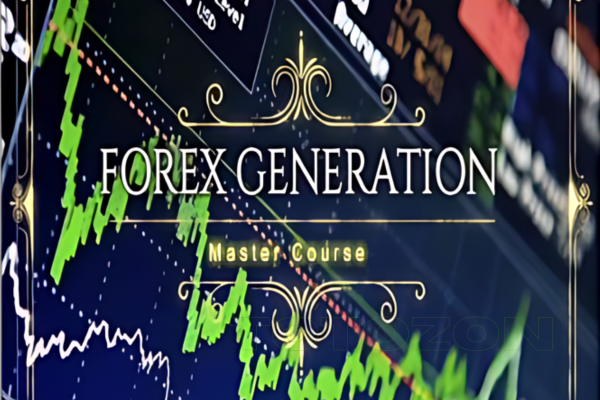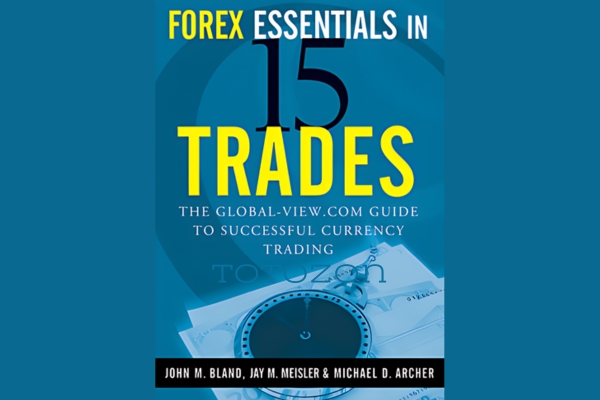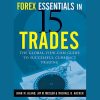-
×
 The Indices Orderflow Masterclass with The Forex Scalpers
1 × $23.00
The Indices Orderflow Masterclass with The Forex Scalpers
1 × $23.00 -
×
 Forex Project Advanced Course with Tyler Crowell
1 × $5.00
Forex Project Advanced Course with Tyler Crowell
1 × $5.00 -
×
 Forex Patterns and Probabilities: Trading Strategies for Trending and Range-Bound Markets with Ed Ponsi
1 × $6.00
Forex Patterns and Probabilities: Trading Strategies for Trending and Range-Bound Markets with Ed Ponsi
1 × $6.00 -
×
 Forex 201 - Advanced Strategies with Stonehill Forex
1 × $5.00
Forex 201 - Advanced Strategies with Stonehill Forex
1 × $5.00 -
×
 Forex in Five Full Time Strategies for Part Time Traders (fxstreet.com) - Raghee Horner
1 × $6.00
Forex in Five Full Time Strategies for Part Time Traders (fxstreet.com) - Raghee Horner
1 × $6.00 -
×
 Forex Candlestick System. High Profit Forex Trading with B.M.Davis
1 × $6.00
Forex Candlestick System. High Profit Forex Trading with B.M.Davis
1 × $6.00 -
×
 FOREX GENERATION MASTER COURSE
1 × $6.00
FOREX GENERATION MASTER COURSE
1 × $6.00
Forex Essentials in 15 Trades with John Bland, Jay Meisler & Michael Archer
$6.00
File Size: Coming soon!
Delivery Time: 1–12 hours
Media Type: Online Course
Forex Essentials in 15 Trades with John Bland, Jay Meisler & Michael Archer
Navigating the world of Forex trading can be daunting, but “Forex Essentials in 15 Trades” by John Bland, Jay Meisler, and Michael Archer breaks it down into manageable and practical steps. This comprehensive guide offers key insights and strategies through 15 essential trades that every Forex trader should understand. Let’s explore how this book can enhance your trading skills and knowledge.
Introduction to Forex Trading
What is Forex Trading?
Forex trading, also known as foreign exchange trading, involves buying and selling currencies to profit from changes in exchange rates. It is the largest financial market in the world, with a daily trading volume exceeding $6 trillion.
Importance of Forex Trading
Forex trading offers numerous opportunities due to its high liquidity, 24-hour market access, and potential for significant profits. However, it also comes with substantial risks, making knowledge and strategy crucial for success.
About the Authors
John Bland
John Bland is a seasoned Forex trader and co-founder of Forex news website FXstreet. He brings extensive market experience and insights to this book.
Jay Meisler
Jay Meisler is a Forex analyst and trader with decades of experience. He is known for his practical approach to trading and market analysis.
Michael Archer
Michael Archer is an expert in technical analysis and trading strategies. He has authored several books on trading and investment.
Key Concepts in Forex Trading
Understanding Currency Pairs
Major Pairs
Major currency pairs, such as EUR/USD and GBP/USD, involve the most traded currencies in the world. These pairs typically offer high liquidity and lower spreads.
Minor Pairs
Minor pairs, like EUR/GBP and AUD/CAD, are less liquid but can provide unique trading opportunities.
The Role of Leverage
Leverage allows traders to control large positions with a relatively small amount of capital. While it can amplify profits, it also increases the potential for significant losses.
Risk Management
Setting Stop-Loss Orders
A stop-loss order automatically closes a trade when the price reaches a predetermined level, limiting potential losses.
Diversification
Diversifying your trades across different currency pairs and strategies can help manage risk and reduce exposure to any single market movement.
The 15 Essential Trades
Trade 1: The Basic Buy and Sell
Understanding the fundamentals of buying and selling currency pairs is the foundation of Forex trading.
Trade 2: Trend Following
Following market trends helps traders capitalize on sustained price movements in a particular direction.
Trade 3: Range Trading
Range trading involves identifying key support and resistance levels and trading within this range.
Trade 4: Breakout Trading
Breakout trading focuses on entering trades when the price breaks through established support or resistance levels.
Trade 5: Carry Trade
The carry trade involves borrowing in a currency with a low interest rate and investing in a currency with a higher interest rate.
Trade 6: Scalping
Scalping aims to profit from small price changes, often executing multiple trades within a single day.
Trade 7: Day Trading
Day trading involves buying and selling currencies within the same trading day to capitalize on short-term market movements.
Trade 8: Swing Trading
Swing trading seeks to capture gains over several days or weeks, focusing on market swings.
Trade 9: Position Trading
Position trading involves holding trades for a longer period, from several weeks to months, based on long-term market trends.
Trade 10: News Trading
Trading based on economic news and events can lead to significant price movements and trading opportunities.
Trade 11: Technical Analysis
Using charts and technical indicators to predict future price movements based on historical data.
Trade 12: Fundamental Analysis
Analyzing economic indicators, interest rates, and political events to make informed trading decisions.
Trade 13: Sentiment Analysis
Understanding market sentiment and trader behavior to anticipate price movements.
Trade 14: Algorithmic Trading
Using computer algorithms to execute trades based on predefined criteria and strategies.
Trade 15: Hedging
Hedging involves opening multiple positions to offset potential losses from adverse market movements.
Implementing the Trades
Step-by-Step Guide
Step 1: Education and Research
Start by thoroughly understanding each of the 15 trades. Use educational resources, such as books and online courses, to build a strong foundation.
Step 2: Develop a Trading Plan
Create a detailed trading plan that includes your strategies, risk management rules, and goals.
Step 3: Practice with a Demo Account
Use a demo account to practice implementing the trades without risking real money. This helps build confidence and refine your strategies.
Step 4: Start Small
Begin trading with a small amount of capital and gradually increase your position size as you gain experience.
Step 5: Monitor and Adjust
Regularly review your trades and adjust your strategies based on performance and market conditions.
Practical Tips for Success
Stay Informed
Keep up with market news, economic reports, and geopolitical events that can impact currency prices.
Use Technology
Leverage trading platforms and tools to analyze markets, execute trades, and manage risk efficiently.
Maintain Discipline
Stick to your trading plan and avoid making impulsive decisions based on emotions or short-term market fluctuations.
Conclusion
“Forex Essentials in 15 Trades” by John Bland, Jay Meisler, and Michael Archer provides a comprehensive guide to mastering Forex trading. By understanding and implementing these essential trades, traders can enhance their skills, manage risks effectively, and achieve long-term success. Continuous learning, disciplined execution, and robust risk management are key to thriving in the dynamic world of Forex trading.
FAQs
1. What is the main focus of “Forex Essentials in 15 Trades”?
- The book focuses on 15 key trades that every Forex trader should understand to succeed in the market.
2. Who are the authors of the book?
- The authors are John Bland, Jay Meisler, and Michael Archer, all of whom are seasoned experts in Forex trading.
3. How can I start implementing these trades?
- Begin by educating yourself on each trade, develop a trading plan, practice with a demo account, and start trading with a small amount of capital.
4. What are the benefits of using these 15 trades?
- Benefits include improved trading skills, effective risk management, and the potential for higher profits.
5. Why is risk management important in Forex trading?
- Risk management helps protect your capital and ensures that you can survive and thrive in the volatile Forex market.
Be the first to review “Forex Essentials in 15 Trades with John Bland, Jay Meisler & Michael Archer” Cancel reply
You must be logged in to post a review.
Related products
Forex Trading
Forex Trading
Forex Trading
The Complete Guide to Multiple Time Frame Analysis & Reading Price Action with Aiman Almansoori
Forex Trading
Forex Trading
Forex Trading
Forex Trading
Forex Trading
Quantamentals – The Next Great Forefront Of Trading and Investing with Trading Markets
Forex Trading
Forex Trading





















Reviews
There are no reviews yet.